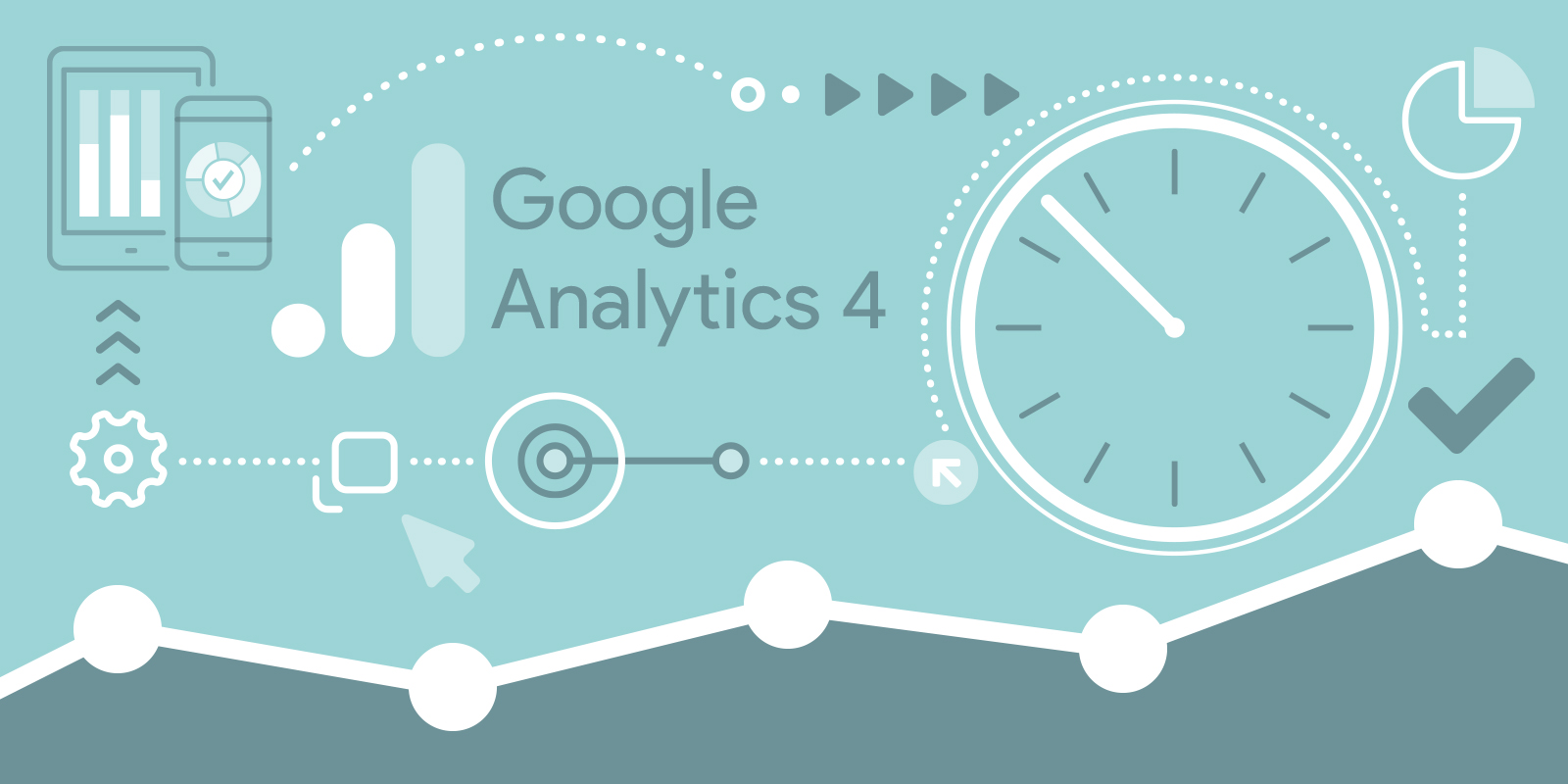How will this impact UA users?
Google Analytics 4 (GA4) officially launched in October 2020, and as UA was and is still live, the launch didn’t make too much of a splash. However, as Google recently announced that UA will become obsolete in July 2023, businesses have realised they have a limited window to transition.
This means they need to gain an understanding of what GA4 actually is, what the transition means for them, and how to navigate it.
We’ll be answering all these questions right here in this blog.
What’s the difference?
The biggest changes between UA and GA4 are…
-
Different measuring models
While UA focuses on sessions and pageviews, GA4 focuses on events and parameters. As a result, all UA hit types translate to events in GA4 with no category, action, or label. For instance, in GA4 even a page view is considered an event, containing more detailed information such as page name and user location. This means that tracking is considerably more advanced in GA4, making it easier to predict user behaviour and make smart decisions.
-
Event tracking over session tracking
While UA tracks only page views, GA4 comes ready to collect data on scrolling, outbound clicks, video engagement, file downloads, and more, straight out of the box. From there, you can even customise your event data, depending on whether they are enhanced measurement events, automatically collected events, recommended events, or custom events.
-
Mobile & web data in one platform
GA4 focuses on combining both your mobile and web data in one platform. This means you can view, track, and manage all your data in one place – especially important for businesses that have mobile apps.
What are the benefits of GA4?
With some stark differences between UA and GA4, here are three of the top benefits of the upgraded version:
-
Better customer journey tracking
Sessions-based reporting in UA gives a fragmented view of a user’s journey, especially if they switched between different channels along the way, making it hard to pull together a coherent analysis. GA4 helps you to string that journey together with cross-device and cross-platform tracking.
-
Engagement-centred metrics
GA4 is doing away with the bounce rate metric and is moving toward truer measures of engagement. For example, the new Life Cycle feature that reports on four key metrics: Acquisition, Engagement, Monetization, and Retention, giving you data from all platforms, regardless of where the user ends their journey.
-
Better privacy features
While consumers are looking for increasing amounts of privacy, they are also demanding more relevant marketing than ever before. GA4 has responded to the natural juxtaposition of these two things by putting privacy controls in the hands of the consumer, so they can choose the experience they want.
What does this mean for you?
Google has announced that all UA users will have to move over to GA4 on 1st July 2023.
We’re helping our clients make the move to GA4. Need a hand? We’d love to hear from you. Drop us a line here.

